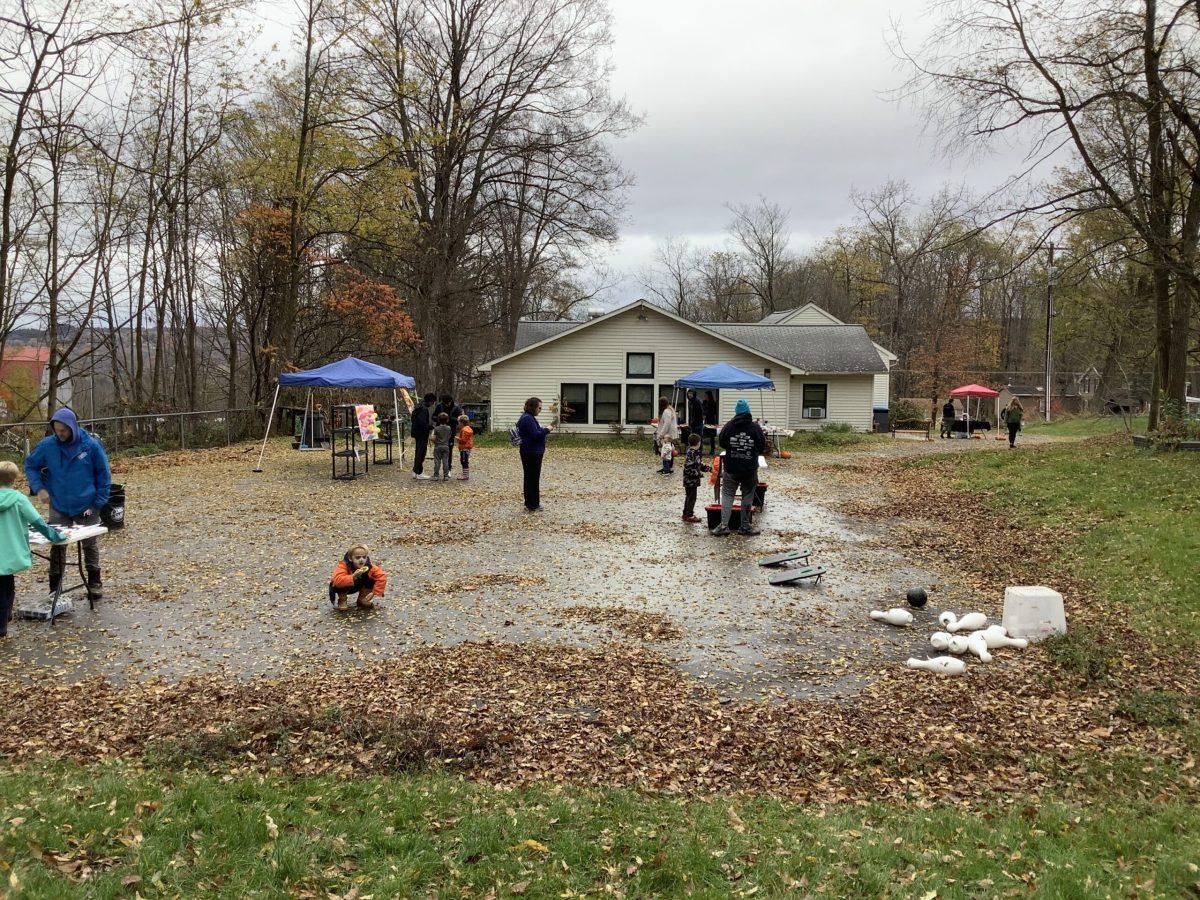
On Ithaca’s South Hill Recreation Way, it pays to venture off the beaten path. Just beyond the steady stream of walkers and runners, native trees line the 3.4 mile trail.
That’s because the Town of Ithaca Department of Public Works removes the invasive species and replaces them with native plants. The town has been doing this for the past year.
Finding Funding
The project is the result of a 2018 grant of $51,000 from the New York State Urban and Community Forestry Grants Program and New York State Department of Environmental Conservation. Through the grant, the Public Works Department was able to plant more than 900 native trees and shrubs along the trail.
The project isn’t new: The town has been replacing the invasive species with native plants for several years. However, this is the first time the town has grant money to fund the project and doesn’t have to use it’s own funds.

The Impact of Invasives
Town officials say, the reason Ithaca is so focused on doing these projects is that if left untouched, invasive species can be damaging to the surrounding ecosystem.
Carrie Lima-Brown, director of the New York Invasive Species Research Institute, explained that invasive plants spread quickly, grow fast and often outcompete native plants for resources like sunlight and water.
“They reduce biodiversity, they take all of the resources and they don’t let the native species survive,” she said. “These are the kinds of things we are trying to avoid or reduce when we are trying to manage invasive species.”

The Importance of Native Restoration
On the other end of the spectrum, native plants can create a more stable natural environment.
Jim Engel, who was contracted to clear out the invasive species on the recreation trail, explained this restoration of native plants is an important step to making sure invasive species don’t grow back.
“The idea of doing the native planting after the removal of the invasives is that once those natives get established and start to grow, they’ll provide competition, shade to ground and there will be less space for the non-natives to come back and get established,” he said.

The Removal Stage
Engel described the process of eradicating invasive species with a “cut stump treatment.” Essentially, Engel cuts the plant as close off the ground as he can and then immediately sprays the cut stump with a squirt of herbicide, which he says is a necessary tool .
“I am a conservationist and environmentalist, but I know that the invasive plants are worse than using herbicides as a tool,” he said. “Without the herbicide it will just sprout back even more vigorous.”

The Planting Process
Joe Talbut, park superintendent for the town, said now that spring has sprung, the Public Works Department must focus on upkeep, which is not covered under the grant funding.
He said the upkeep process includes watering the plants and keeping them mulched. The plants are also protected from deer and other animals by small cages.
“It’s on us now to run with it,” Talbut said. “You can’t do it once and wipe your hands of it … you gotta follow up on this stuff because it will come back if you don’t stay on top of it.”















